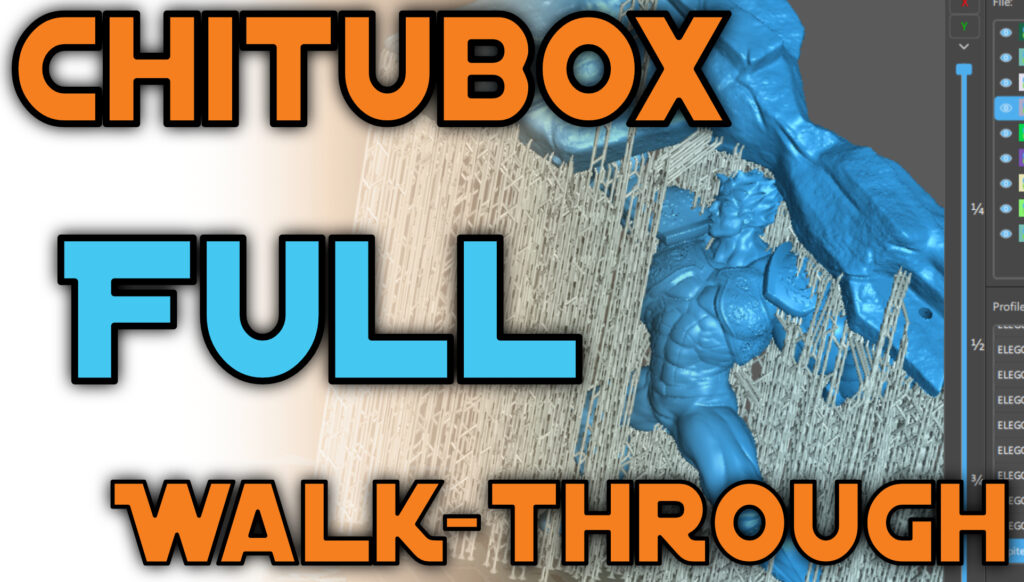Safety Mod – Elegoo Saturn Resin Printer
Transcript
Hello everybody and welcome to another video tutorial. Today we’ll be addressing an issue which is quite common among budget friendly printers and isn’t discussed all that much. The Elegoo Saturn like many other 3d printers in the market today, have tinned wired connections at their terminals, so today we’ll be replacing those with ferrule one’s. As always, what you see here represents my own opinions, and undertake this at your own risk. I’m in no way responsible if any damages that may occur.
Now there’s a couple of reason why you might want to change the main power connections to ferrule one’s, however the main one is for safety. Not having ferrules means that maintenance will generally be more difficult since you’ll have to deal with the wires unravelling when be placed inside the terminals. Tinned one’s on the other hand can make the strands more susceptible to vibration, loosing and corrosion, all of which are to be avoided when it comes to the main power connections. So for this reason we’ll be taking a closer look at how to replace the those connections on the Elegoo Saturn.
Before we begin, make sure to remove the build plate and vat so that they don’t get into the way or leak any resin. After this we can finally begin removing the screws to open the top of the machine. Because of how the machine is put together, we will need to remove the whole top in order to access all the terminals. Your first going to need to remove the screws that are located in these areas of the top of the case. With those primary screws removed, you can then remove these on the side of the machine. This will allow you to access the display connection and remove this prior to opening the machine. After that is done, you can then gently open the top of the case and remove the fan and z motor connections. This allows the top to be removed and put aside for easier access to the terminals.
You’re very first connection that has tinned wires, is for the main power, therefore we’ll replace those with ferrules by first removing the terminal which is designed to snap into the motherboard. This is often attached with some additional glue, so you’ll first have to remove the glue before it comes off. To make things easier to keep track of, we’ll only remove one wire at a time by unscrewing the screw at the top of the terminal. With wire cutters, you’ll remove the part that tinned before beginning to prep the wire for the ferrule. In order to have proper contact with the ferrule, well need to strip the tip of the wire by using one of the two methods. If you have wires strippers, you can use those to strip the wire connection, if you don’t, you can use your wire cutter to do the same thing by gently adding pressure until you’ve cut through the outer protective layer. You’ll then be able to remove the coating by holding the cutter’s partially open while pulling that part away. When choosing a ferrule, you want to choose one that just barely fits onto the wire to help ensure a proper connection when crimped. By making sure that to twist the wires first, you’ll have an easier time inserting them into the ferrules. If you have a ferrule crimping tool, you can use that to crimp the connection, if not you can use a pair of pliers to do the same thing.
The reminder of the connections that we’ll replace are for the UV Light. In this case, those are located near the side panel and have connection screws which are located at the bottom of the printer. Once you’ve unscrewed those, you’ll be able to remove the small board that has the remainder of the connections, allowing easier access to those components. Once again remove the glue holding the connections, we’ll take out each terminal one at a time to make it easier to add the ferrules. By taking each wire out one at a time, this process should be fairly easier to accomplish. In total, we’ll have replaced the wire connections for 5 terminals.
Before you close up the machine, you’ll want to add some glue to help ensure that the terminals stay connected. Over time, the vibrations of the machine can loosen the connections, which is why we’ll use some hot glue gun glue to ensure that they stay on. With all of this updated, we can then re-attach all the components and close back up the machine. Important to note, is that you’ll want to make sure that you properly connect the LCD screen and put back in the tap that holds the strip down. This tape, really helps hold the proper connections, so long as it’s been properly seeded.
I hope this video has helped some of you out, and if there’s a video you’d like to suggest, please leave a comment down below. I hope you guys enjoyed this video and I hope to see you guys soon. Thank you and take care.

